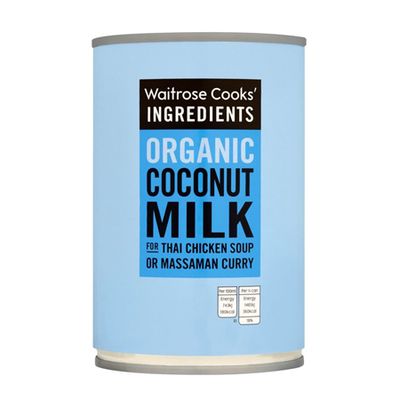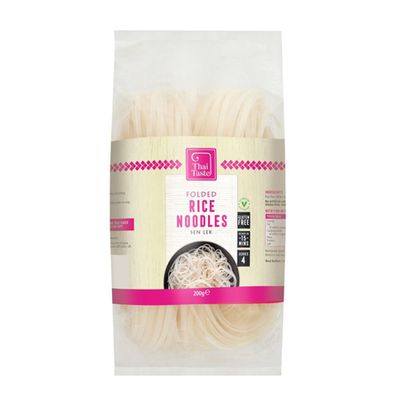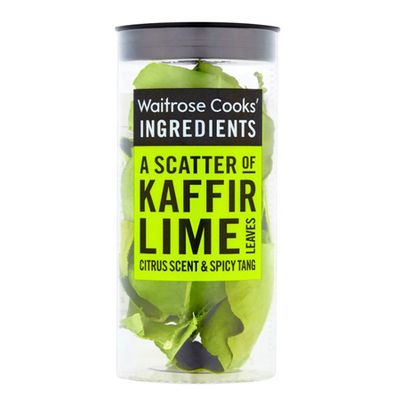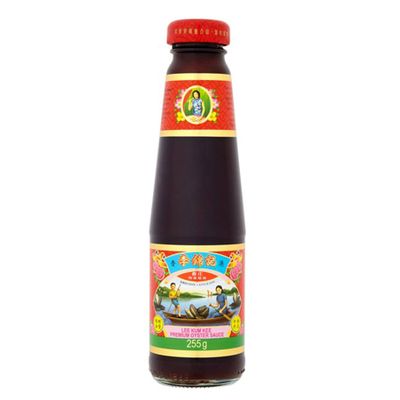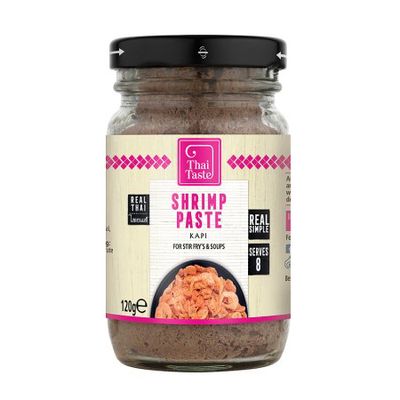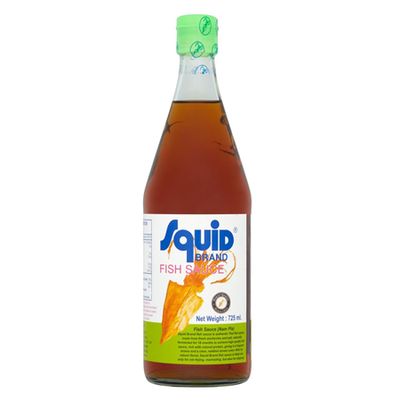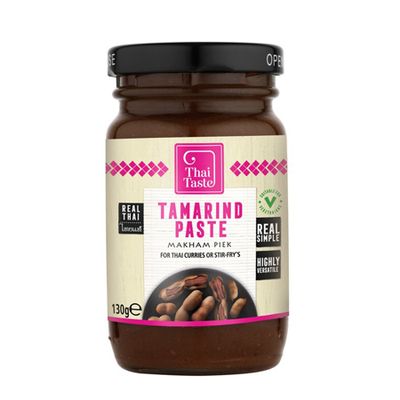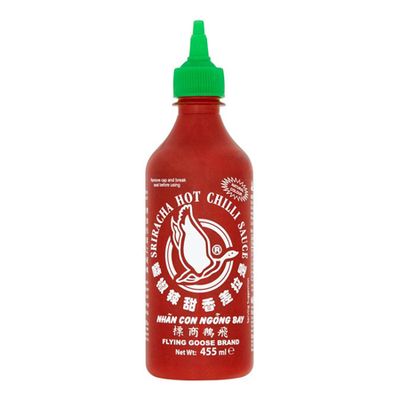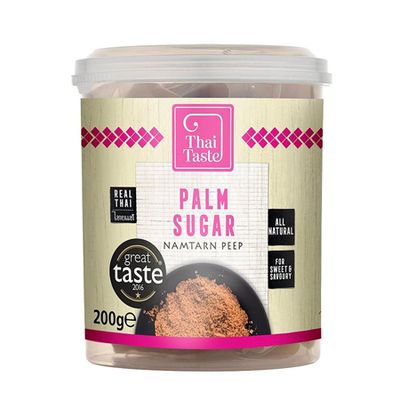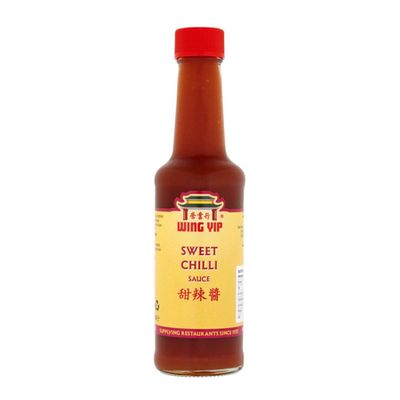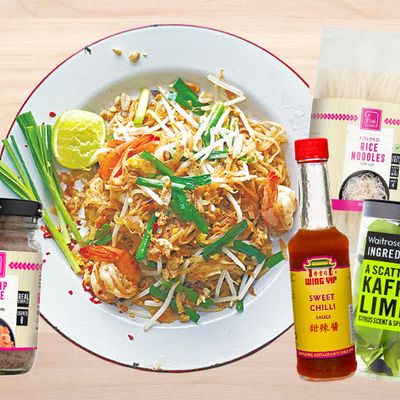
How To Cook Thai Food At Home
What are the health benefits of a Thai diet?
Having a varied diet promotes good health and, when you eat in Thailand, you definitely get variety. We eat sharing style so everyone can have a bit of everything. A Thai spread is usually made up of lots of veg, small amounts of meat and fish, salads and carbs – usually in the form of rice. Our meals are quite balanced.
The Thai diet is packed full of fibre because we eat a lot of fresh vegetables and usually have a salad with every meal. Some of my favourite salads are papaya, vegetable or yum yai salad, which uses lots of different vegetables: cabbage, celery, cucumber and tomatoes with boiled eggs, lime juice and pickled garlic for the salad dressing.
Fish sauce is a key part of Thai cooking. Rich in calcium, it’s made from distilled anchovy paste and is used as a natural food enhancer. Instead of refined sugar, we use palm sugar, which comes from the palm flower and is a natural source of sweetness. Tamarind, the main ingredient in pad thai, also contains lots of vitamins and fibre, and helps stimulate your metabolism. We pad out our curries with vegetables and use coconut milk, rather than dairy, so you’re getting a healthy fat.
Finally, we use lots of herbs, roots and lemongrass, which have healing properties. Lemongrass and galangal, a root herb similar to ginger, are also used in Thai medicine for this reason.
What are the cupboard staples for a home cook who’s new to Thai cooking?
Chilli and garlic are must-haves. You've got to have dried red bird’s eye chilli for curry pastes or, if you’re making green curry, green chilli. You’ll also want fish sauce, oyster sauce and sugar, but that’s all you need for the basis of most Thai dishes.
What can you do with each ingredient?
Chilli: Make curry pastes. Put it in a pestle and mortar or a food blender with garlic, shallots, lemongrass, galangal and lime leaves.
Garlic: This is the base of many stir fries and Thai salads. Smash it in a pestle and mortar, then stir-fry it with oil and oyster sauce for a basic but delicious stir fry.
Fish sauce: Nam pla (fish sauce) is made from salted fish and we use it as seasoning for Thai food. It’s an alternative to salt – it’s a bit fishier, but has a richer taste.
Oyster sauce: This is a thicker sauce made with flour and soy sauce, with oyster flavour. It’s used a lot in stir fries and served with vegetables.
Sugar: Sugar is used a lot in Thai cuisine to balance out other flavours. We tend to use palm sugar, which is a thick paste.
Sriracha: This is a type of roasted chilli sauce. My mum would use surplus chillies to make her own by boiling chilli and garlic, blending into a paste, then adding salt. We add it to our five-spice soups as well as using it as a dip for Thai omelettes.
Sweet chilli sauce: One of those magic dips that goes with pretty much anything deep fried. My favourite way to use it is a dip for deep-fried chicken.
Shop Your Thai Cooking Essentials Below...
Where are the best places to stock up on these ingredients?
Local Asian supermarkets will stock lots of different brands, but these days you can find most of them in the Asian sections of your local shops.
Are there any home appliances or tools that help?
A deep pestle and mortar is an essential for Thai food. We use it to crush curry pastes, mince chilli and garlic for stir fries, and to toss salads. You’ll also need a good oiled wok for quickly frying noodles and vegetables.
Which Thai cook books do you recommend?
My favourite Thai cookbooks are by Sangdad, which means ‘sunshine’ in Thai. The company is based in Bangkok and has a large range of books and themes, such as Cooking Thai Prawns, Thai Stir Fry Easy Cooking and Thai Curry Easy Cooking. They’re all targeted at Thai people, so you know the recipes are authentic!
Visit Amazon.co.uk
Of course I also have to say Rosa’s Thai Cafe: The Cookbook. It takes you through all the basics of Thai cooking, ingredients and all our bestselling dishes, along with some of my favourites. I’ve also published a vegetarian version, with lots of alternatives to fish sauce and oyster sauce. It’s easier to find vegetarian Thai food than people think, and you can always add whatever veggies you have available.
Visit Amazon.co.uk
Finally, where’s your favourite place to eat Thai food in London?
Esarn Kheaw in Hammersmith. The kitchen serves authentic north-eastern Thai food that reminds me of home. I love it because it’s a family-run restaurant.
Stocked up on the essentials above? Here are two of Saiphin’s recipes for you to try at home…
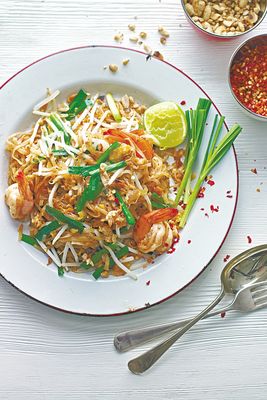
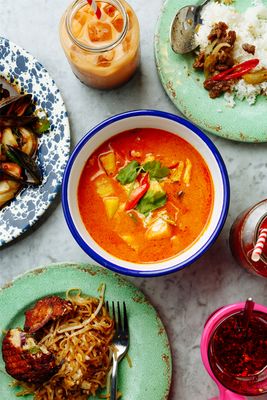
Pad Thai (Serves 2)
Pad thai is probably the most famous of all Thai noodle dishes. It’s always a safe bet to serve this dish because everybody loves it, even the fussiest of eaters. Deliciously pungent tamarind is the key ingredient.
INGREDIENTS
- 4 eggs, beaten
- 300g of rice noodles, soaked in warm water for 20 minutes, then drained
- 8-10 prawns, shelled, deveined and heads removed, or 120g of chicken breast
- 2 tbsp of dried turnip
- 2 handfuls of bean sprouts
- Chilli powder, to taste
- 1 bunch of Chinese chives or 2 spring onions, chopped
- 4 tbsp of roasted peanuts, crushed
- Lime wedges, to serve
For the pad thai sauce:
- 3 tbsp of tamarind paste
- 3 tbsp of vegetable oil
- 3 shallots, chopped
- 2 tbsp of palm sugar
- 1 tbsp of Thai fish sauce
METHOD
1. First make the sauce. Dilute the tamarind paste in 6 tbsp of warm water, then stir until it becomes a thick liquid.
2. Heat 2 tbsp of the oil in a wok, add the shallots and stir-fry until almost golden brown. Carefully add the tamarind sauce (in case it spits) and cook for 1 minute to reduce slightly. Add the palm sugar, stirring to break it up, then stir in the fish sauce and continue to cook over a high heat for 1 minute until it has thickened slightly. Transfer the sauce to a bowl and set aside.
3. Now prepare the noodles. Scramble the beaten eggs in a hot wok with the remaining oil, then add the noodles and stir-fry until the egg breaks up and the noodles are soft. Add the meat of your choice and dried turnip, and stir-fry until the meat is nearly cooked. Mix in 8 tbsp of the reserved sauce and continue to stir-fry until the noodles take on a nice golden-brown colour. Add the bean sprouts, chilli powder, Chinese chives and crushed peanuts, and keep stir-frying for another 2 minutes. Transfer the noodles to 2 serving plates and serve immediately with lime wedges.
Butternut Red Curry (Serves 4)
This is one of my favourite dishes to cook, and definitely a Rosa’s crowd favourite too. You can choose to add chicken or leave it out to make it a vegetarian dish. This is a typical dish you find on many street stalls in Thailand. The recipe has two parts: red curry paste and butternut curry. Once you’ve made the curry paste, you can freeze it and use in other curries in the future.
INGREDIENTS
- 250ml of coconut milk
- 2 tbsp of red curry paste (see recipe below)
- 500g of butternut squash, peeled and chopped into small bite-size pieces
- 2 tbsp of fish sauce
- 1 tbsp of palm sugar
- 5 kaffir lime leaves, finely cut
- 2 green or red spur chillies, diagonally sliced
- 5-6 sweet basil leaves
For the red curry paste:
- 5 dried red spur chillies, deseeded and soaked until tender
- 1 tsp of sea salt
- 1 tsp of galangal, finely sliced
- 2 tbsp of lesser galangal
- 2 lemongrass stalks, sliced
- 1 tsp of finely grated kaffir lime zest
- 2 tsp of sliced coriander root
- 10 small garlic cloves
- 1/3 shallot, sliced
- 1 tbsp of coriander seeds
- 1 tsp of cumin seeds
- 1 tsp of shrimp paste (leave out if making vegetarian paste)
METHOD
1. First, make the curry paste. Finely grind the chillies and salt together using a pestle and mortar or a food processor. When you have a fine paste, add the galangals, lemongrass, lime zest and coriander root. Blend again or pound to a fine paste.
2. Next, dry-fry the coriander and cumin seeds for 2 minutes, until fragrant, stirring continuously. Pound or grind to a powder. Add the garlic, shallot, ground seeds and shrimp paste (if using). Continue to blend or pound until smooth. This curry paste will keep in the refrigerator for 4-8 weeks if stored in an airtight container, and for up to 6 months in the freezer.
3. In a pan, bring 50ml of coconut milk to a boil over a medium heat. Add the curry paste and cook until the red oil splits and rises to the surface. Then add the chopped butternut squash and cook until tender. Add the remaining coconut milk. Season with fish sauce and palm sugar to create a slightly salty but well-balanced taste.
4. When it boils again, add the kaffir lime leaves and spur chillies. Turn off the heat and add the sweet basil leaves. Ladle into a serving bowl and garnish with more fresh chillies, if preferred.
Visit RosasThaiCafe.com
DISCLAIMER: We endeavour to always credit the correct original source of every image we use. If you think a credit may be incorrect, please contact us at info@sheerluxe.com.
